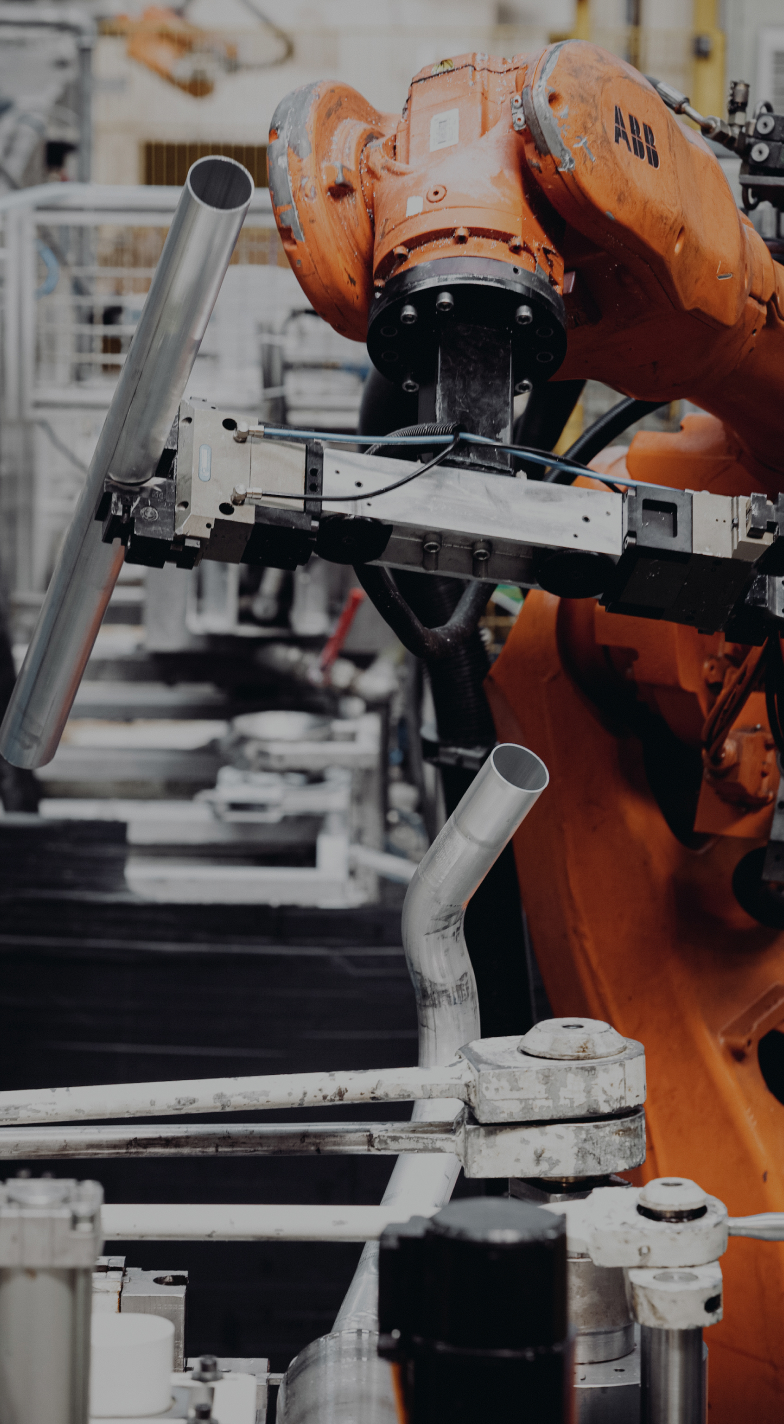Stainless steel and Titanium welding
Revolutionize your metal joining processes with our advanced special joining technologies that push the boundaries of strength, precision, and versatility. We are experienced professionals in stainless steel and titanium welding.
From aerospace giants to delicate medical implants, our suite of cutting-edge joining solutions transcends traditional welding, seamlessly connecting a vast array of metals across diverse industries.
Welding Stainless Steel to Titanium
Welding Stainless Steel to Titanium is a task that requires a high level of precision and expertise due to the distinct properties of each metal. Stainless steel is known for its corrosion resistance and strength, while titanium is valued for its lightweight and high strength-to-weight ratio. These properties present unique challenges in achieving a robust weld, as they require different heat inputs and cooling rates.
The dissimilarities in melting points and thermal conductivity between stainless steel and titanium necessitate a meticulous approach to welding. One must carefully consider the Special Joining Technologies to mitigate the risk of thermal distortion or material damage. For instance, Tungsten Inert Gas (TIG) welding is often used due to its ability to provide precise control over the welding parameters.
Employing a filler metal compatible with both stainless steel and titanium is essential to achieve a homogeneous and durable joint. The filler metal acts as a bridge between the two base metals, facilitating the formation of a strong bond. It is crucial to select a filler metal that can withstand the high temperatures involved in the welding process without compromising the integrity of the joint.

Intermetallic compounds
The formation of intermetallic compounds during the welding process can compromise the weld’s integrity. These compounds, which form due to the interaction between the base metals and the filler metal, can lead to brittleness and cracking in the weld. Therefore, precise control over the welding parameters, including heat input and cooling rate, is crucial to minimize the formation of these compounds.
Strict cleanliness measures are imperative to ensure a metallurgically sound fusion between stainless steel and titanium. This includes the removal of oxides and contaminants from the base metals and filler metal before welding. Any contamination can adversely affect the weld quality, leading to defects such as porosity and inclusions.
Post-weld heat treatment may be employed to relieve residual stresses and enhance the mechanical properties of the joint. This process involves heating the welded component to a specific temperature, holding it at that temperature for a certain period, and then cooling it at a controlled rate. The heat treatment process can improve the ductility and toughness of the weld, making it more resistant to mechanical stresses.
Thorough testing is integral to validating the weld’s quality and structural integrity. This includes non-destructive examinations, such as visual inspection, ultrasonic testing, and radiographic testing, as well as mechanical tests, such as tensile testing and impact testing. These tests provide valuable information about the weld’s performance under various conditions and can help identify any potential issues that may affect its service life.
In conclusion, welding stainless steel to titanium demands a nuanced understanding of metallurgy and welding techniques. Attention to detail, adherence to best practices, and rigorous testing are paramount in achieving a weld that not only unites these dissimilar metals but also preserves their individual properties. Whether it’s soldering, MIG/MAG welding, or highly complex welding processes such as joining titanium with stainless steel, Metal Competencies is the right partner for you, providing expertise and solutions tailored to your specific needs.
Conquer the challenge of joining stainless steel and titanium: Unlock the potential of these powerful metals with our expertise and techniques.
Our mission:
Optimizing your production
We optimize your processes. Costs are reduced. We are driven by quality and individuality.
Adding value
Creating complex solutions for our customers is the most important thing for us – simply our core competence.
Stainless steel & titanium welding FAQs
When welding stainless steel and titanium, differences in melting temperature, thermal conductivity, corrosion resistance and weldability must be taken into account. Stainless steel is easier to weld, while titanium offers better corrosion resistance and less deformation.
Metal Competencies uses various welding processes for stainless steel and titanium, such as TIG, MIG and CMT. The choice of process depends on the material, thickness, geometry and requirements. The company has experienced welders who use the optimum process for your products.
Metal Competencies offers welding services for various applications in numerous industries, such as plant construction, shipbuilding, vehicle construction, mechanical engineering, steel construction and repair/maintenance. We have experience and expertise in all types of welding applications.
Metal Competencies impresses with its experience, expertise, quality, precision, flexibility, customer proximity, certifications and value for money. We are your reliable partner for all types of welding work.
When welding stainless steel and titanium, it is important to observe safety precautions. Wear protective equipment, ensure ventilation, fire protection and follow safety instructions. As metal professionals, we take safety very seriously and have safe work processes in place.



